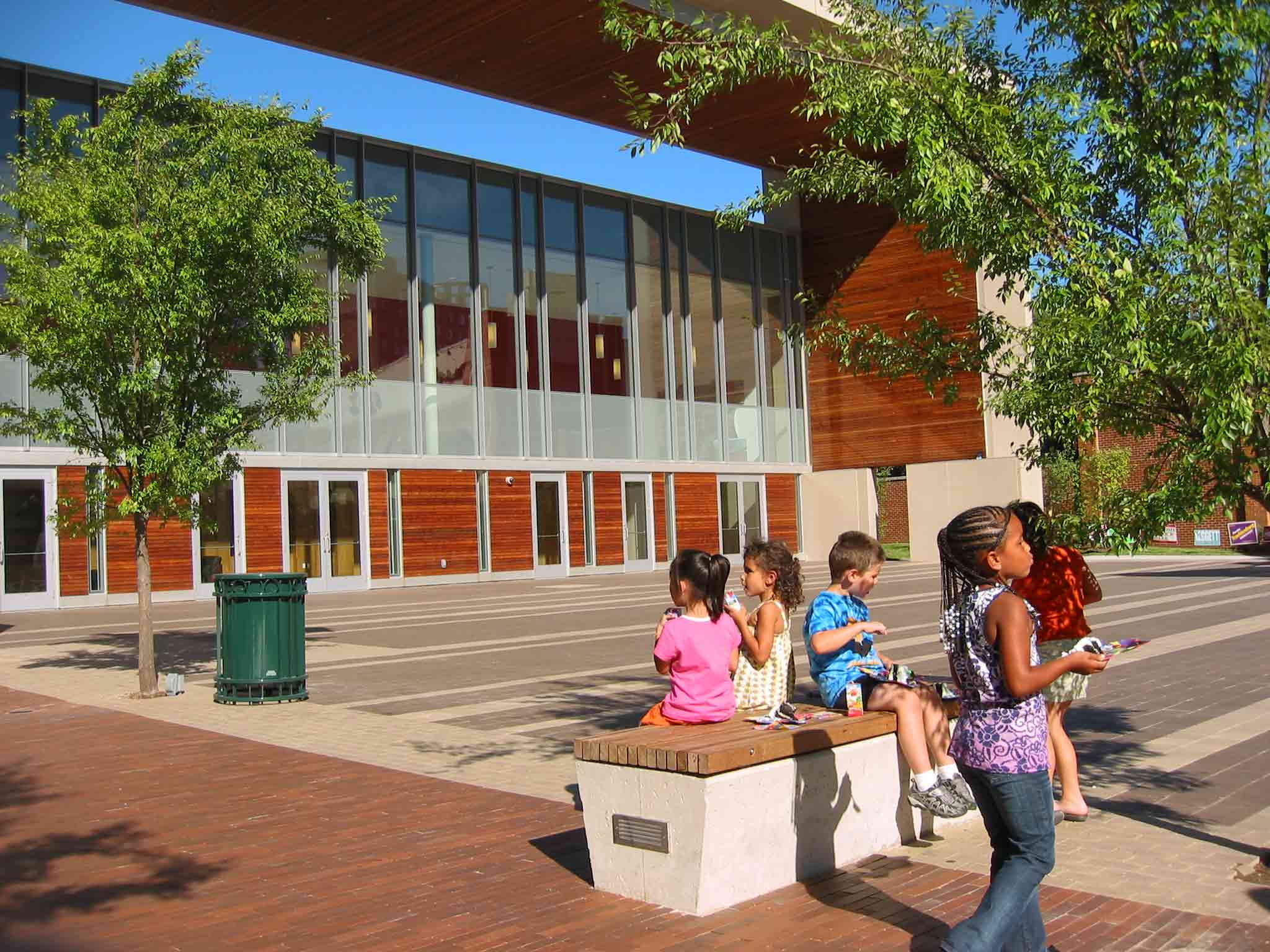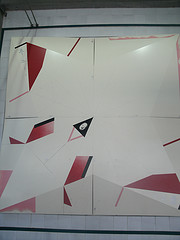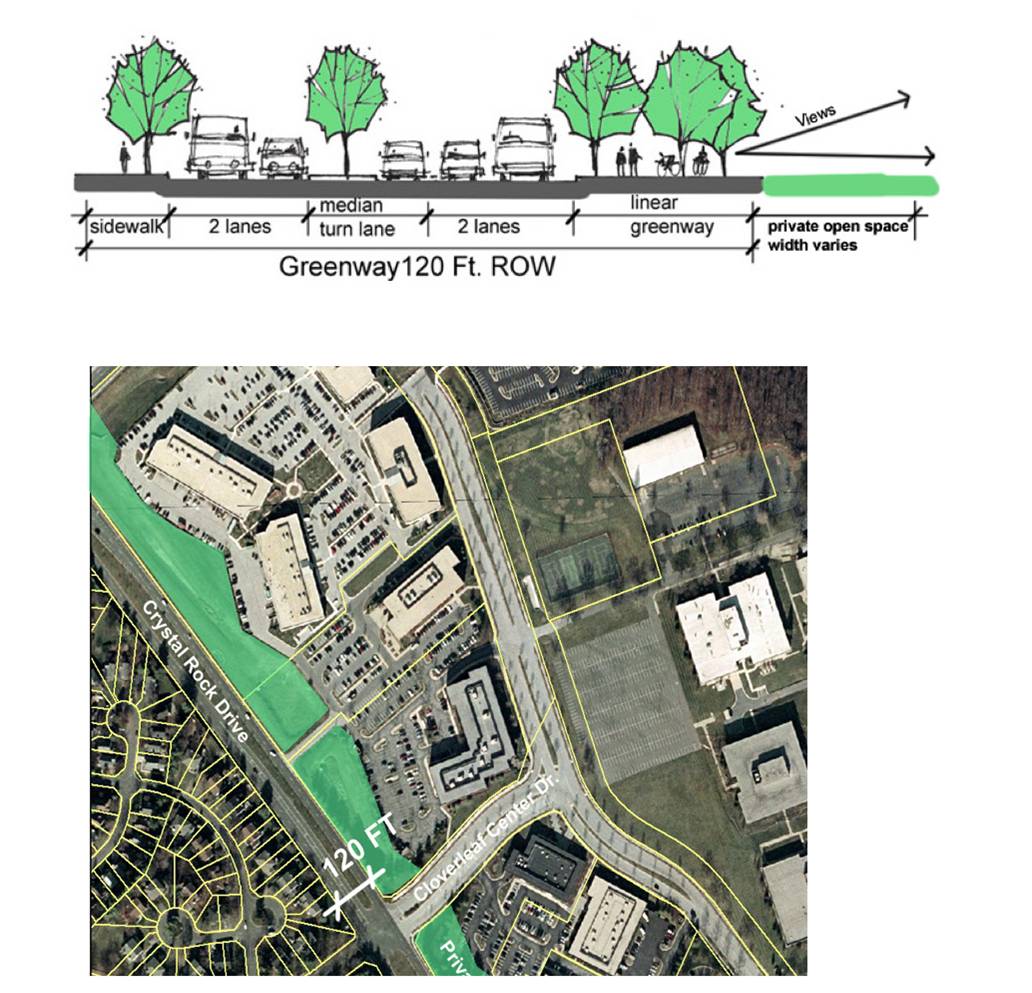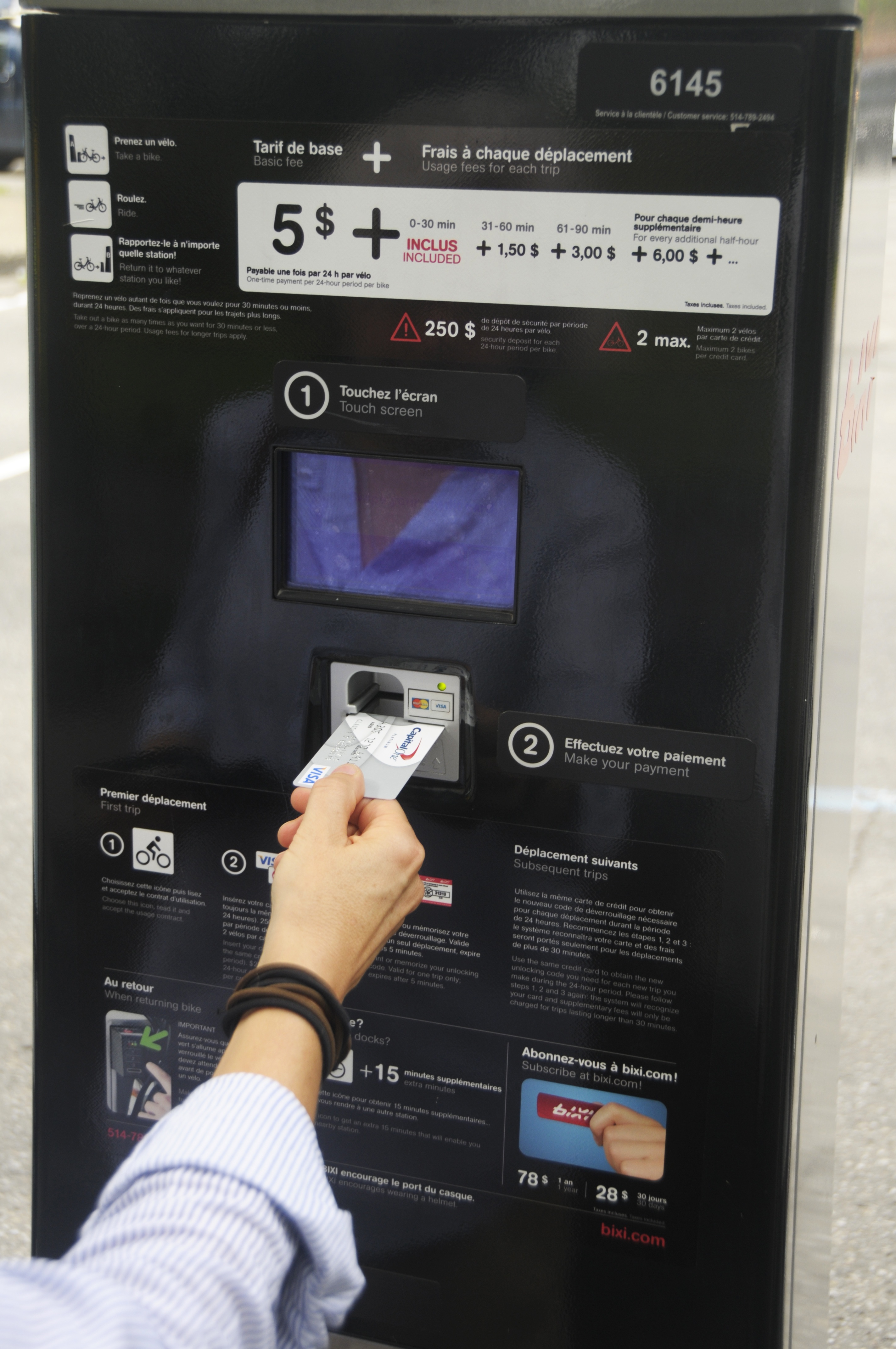
guest blogger: Valerie Berton
You’ve heard it before, and probably from us: Montgomery County is becoming increasingly diverse. What do you think when you hear the word “diversity?”
Tell us at our upcoming Pecha Kucha contest, where you can demonstrate your vision of diversity in 20 slides shown for 20 seconds each. Anyone can join, and the winner – judged using on-site polling – will be featured on our Montgomery Plans cable show. Winning a Pecha Kucha contest could be a great resumé line!
Walk the sidewalks of Rockville, Silver Spring and any of the county’s downtowns and you’ll see a wide array of people. My kids’ class lists read like an assembly at the United Nations.
That’s more … Continue reading







